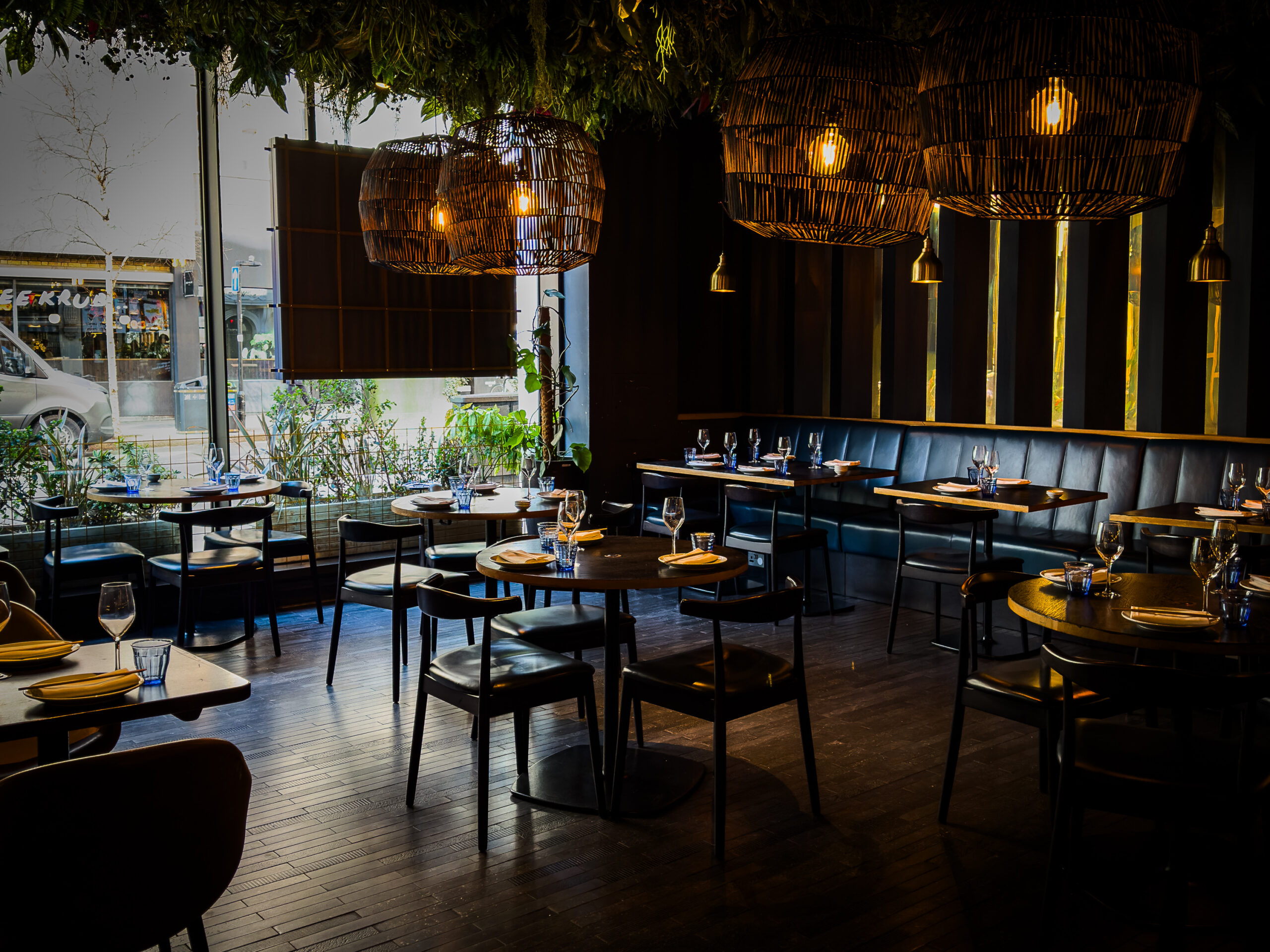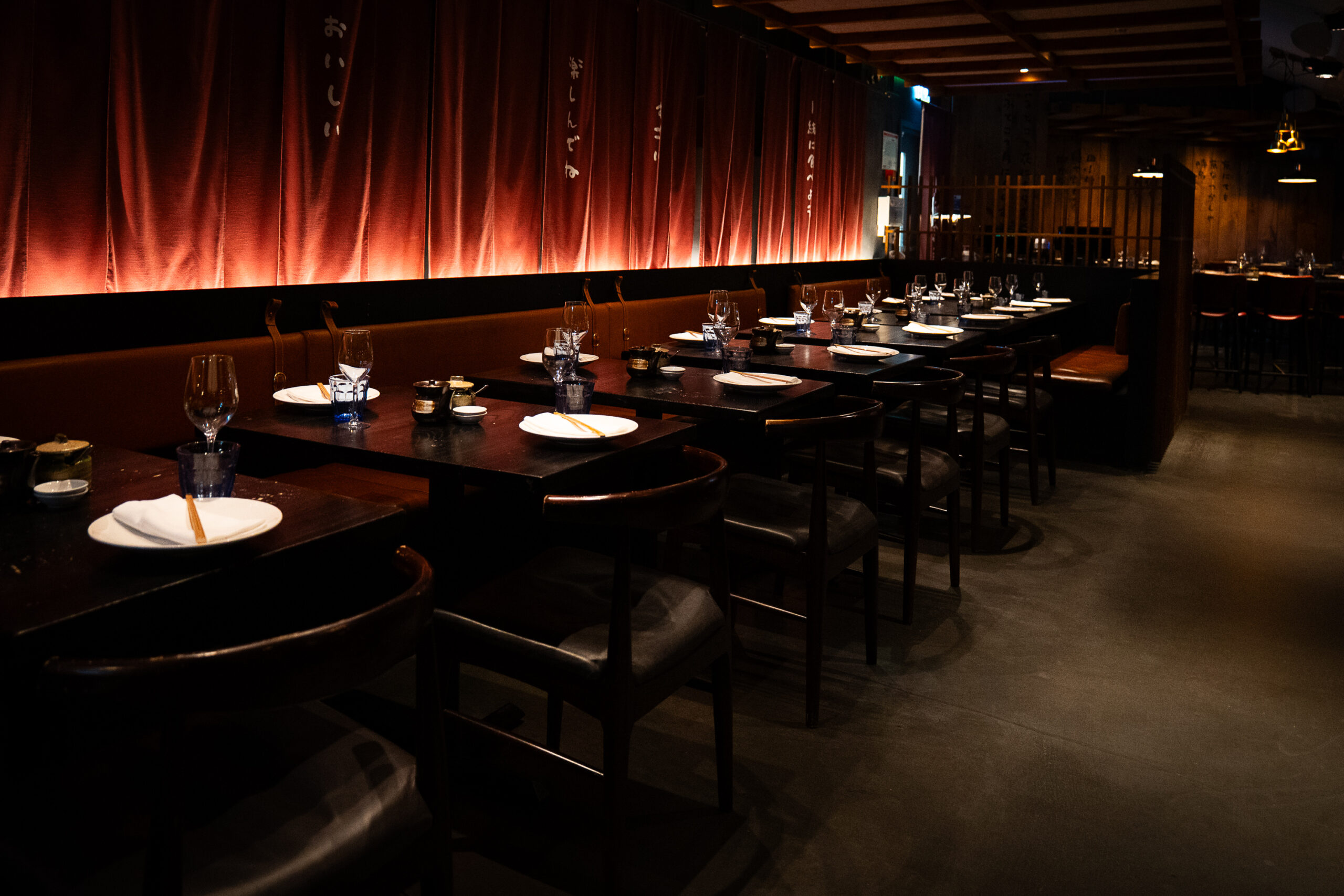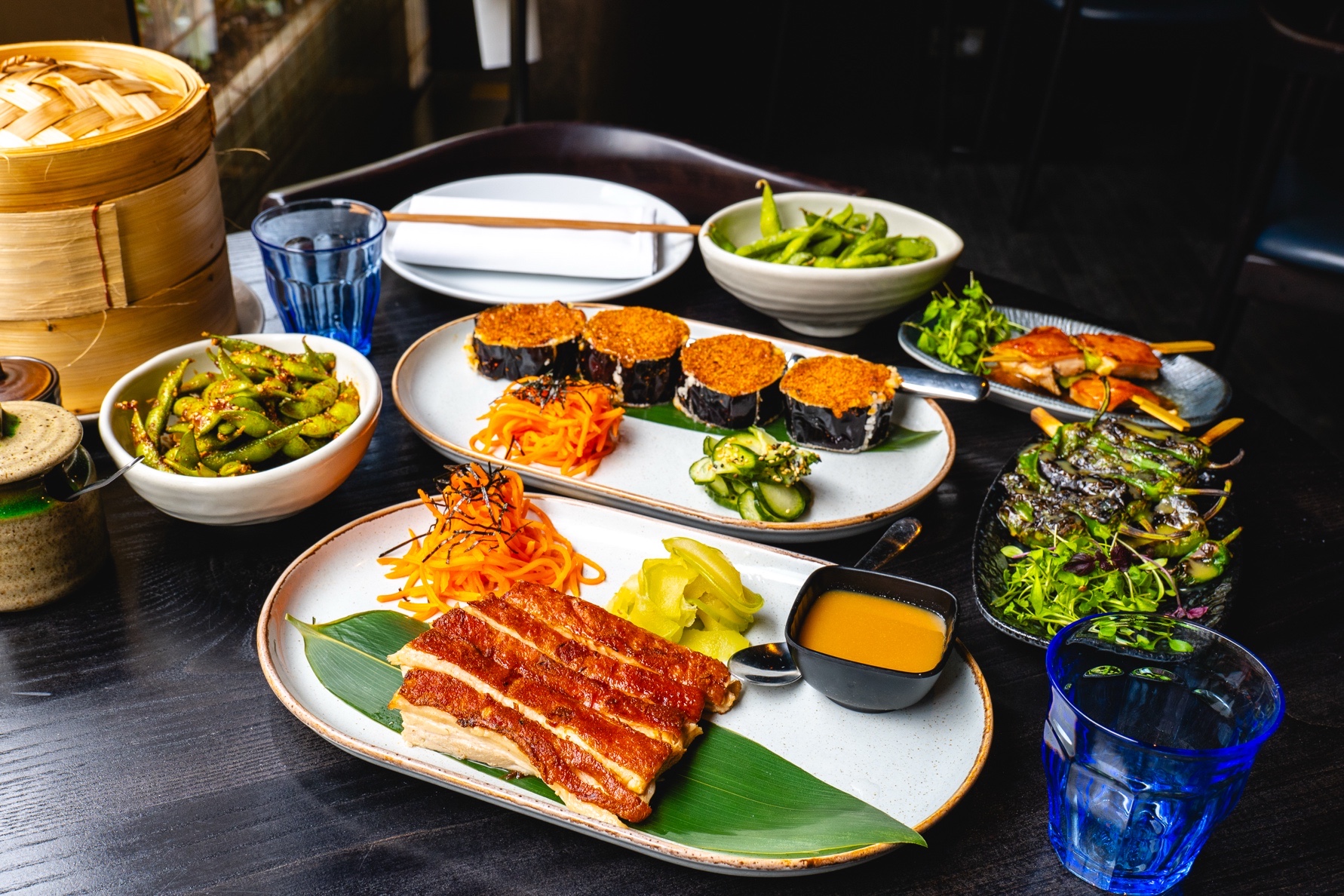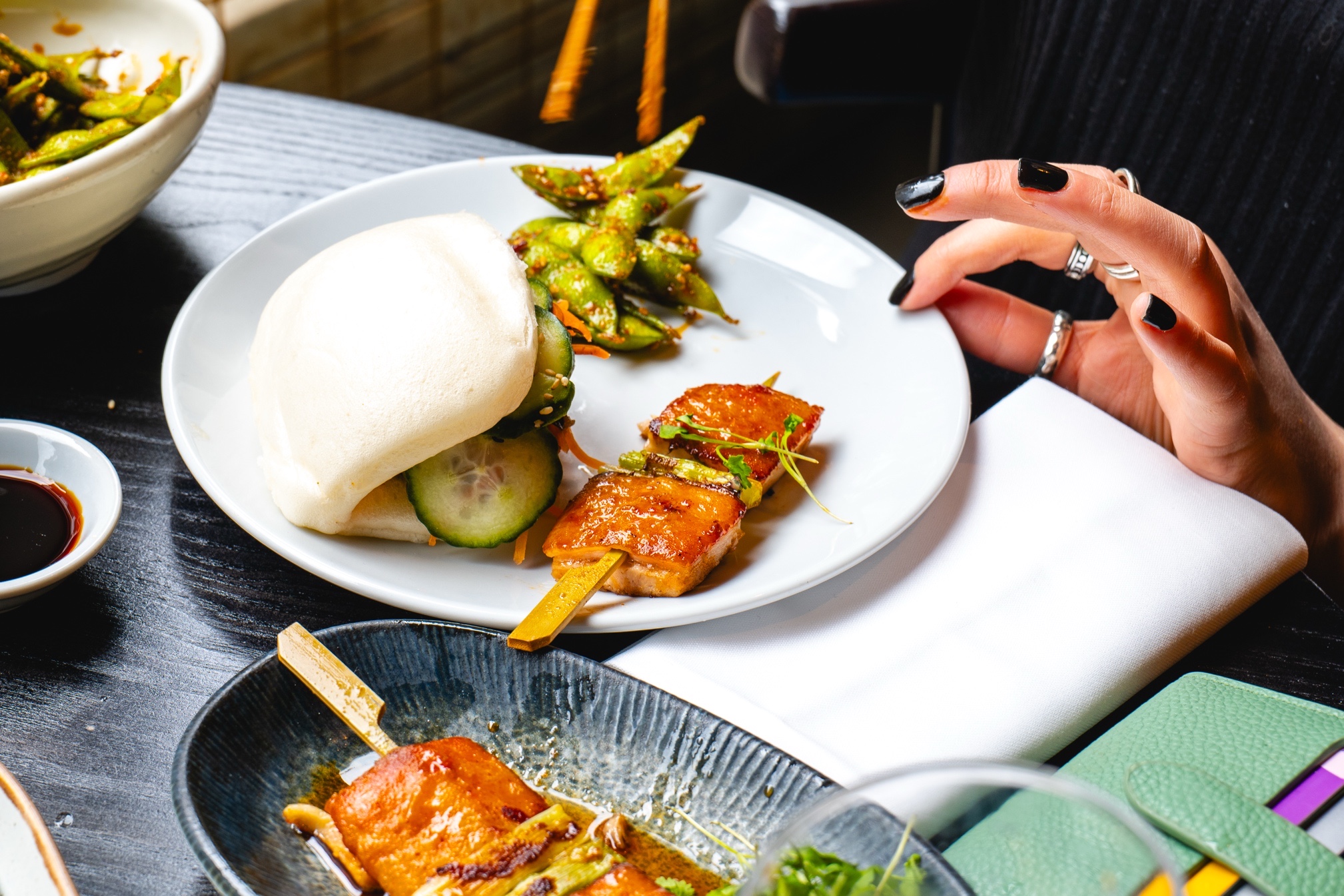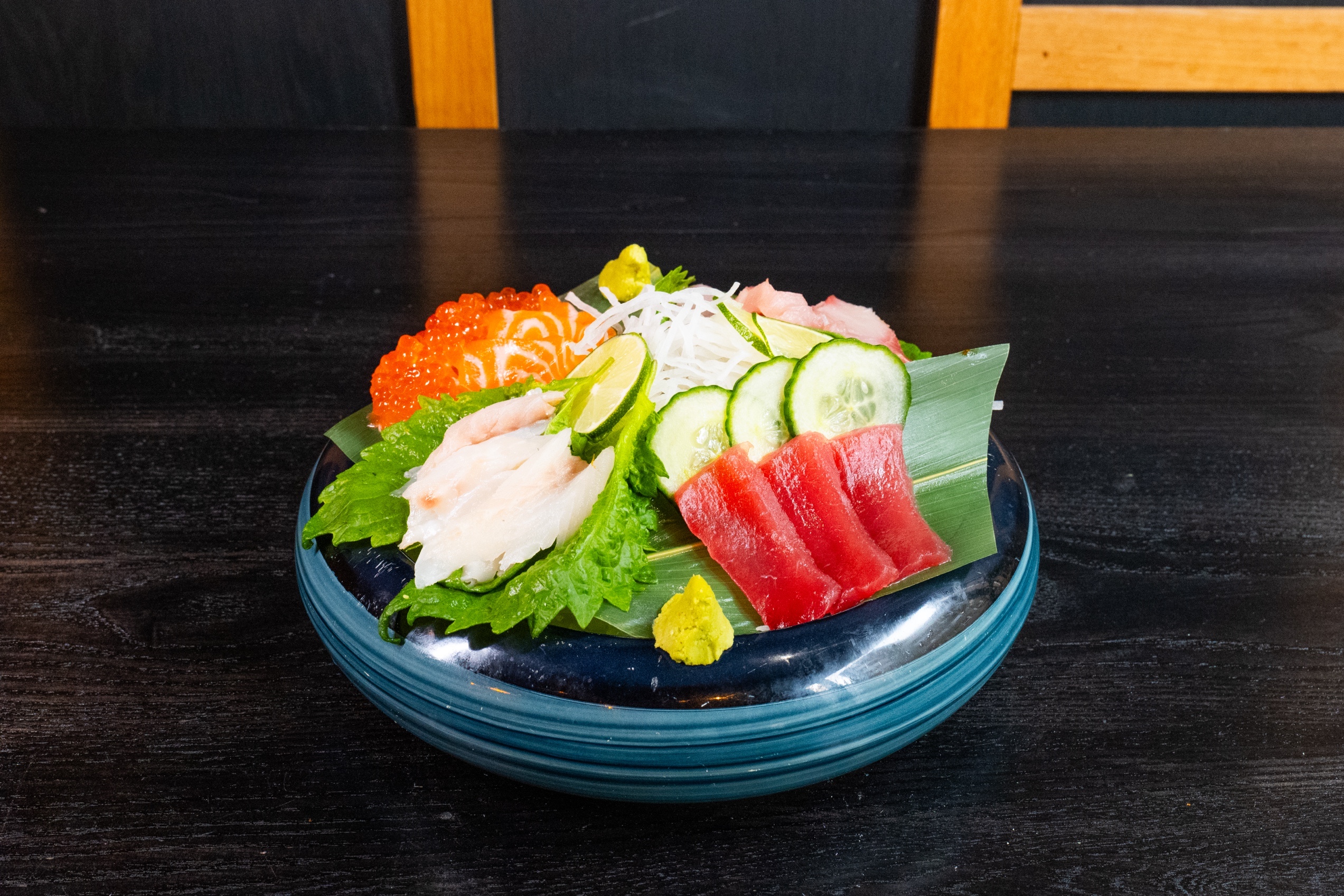A Guide to Sake
Welcome to the enchanting world of sake, a traditional Japanese rice wine with unique flavours and rich cultural significance. We’re here to help you understand the intricacies of what makes a good sake but also delve into the art of savouring it. Plus, we’ll dish out the lowdown on different types of sake and unveil the perfect food pairings that’ll elevate your culinary experience at Flesh & Buns.
How to pronounce sake
First of all, you might be wondering how to pronounce this unique drink. We recommend pronouncing “sake” as “sah-keh”, rather than “sah-kee” as this will get you very close to the original Japanese pronunciation.
Understanding sake
Sake, often referred to as rice wine, is a versatile beverage crafted from polished rice, water, yeast and koji mould. Unlike Western wines, sake undergoes a unique brewing process where the starches in rice are converted into sugars, leading to alcohol fermentation. But what truly sets sake apart? It’s the meticulous brewing process, where each step contributes to the final flavour profile – a wide spectrum of flavours, ranging from sweet and fruity to dry and savoury.
Diversity in sake
Now, let’s talk variety. One of the intriguing aspects of sake lies in its diversity. The sake world is expansive, with classifications based on factors such as rice polishing ratio, production methods and regional nuances.
Junmai, the pure rice sake, boasts simplicity and authenticity. On the other end of the spectrum, we have Daiginjo, where the rice is polished to a high degree, resulting in a refined and elegant brew. Ginjo and Honjozo fall in between, each with its unique characteristics. Try exploring the spectrum to discover your personal sake preference.
Crucial differences
To fully grasp the world of sake, it’s essential to distinguish between Junmai (pure rice sake) and non-Junmai types. While Junmai sake excludes any additives or alcohol, other varieties may incorporate distilled alcohol to enhance aromas and flavours. The rice polishing ratio also plays a starring role – the more polished the rice is, the more nuanced and delicate the sake becomes. It’s these nuances that transform each bottle into a work of liquid art.
What makes good sake?
The quality of sake hinges on various factors, such as the expertise of the brewer, the purity of water used and the specific rice strains chosen. A well-balanced sake exhibits harmony between sweetness, acidity, bitterness and umami. The brewing process itself – including the fermentation temperature and duration – also contributes to the final profile. Discerning these elements can lead to a heightened appreciation for the craftsmanship behind a bottle of sake.
How to drink sake
Now that we’ve set the stage, let’s talk about the right way to enjoy sake. Forget what you know about chugging it down in tiny cups. Sake deserves a moment of contemplation. Opt for a wine glass or a traditional ochoko (sake cup) to appreciate the aromas. Take a moment to inhale the subtle notes before sipping. And here’s a pro tip – don’t be afraid to experiment with temperatures. From chilled to warm, different styles of sake reveal unique flavours at various temperatures. It’s like unlocking a flavour treasure chest with each nuanced degree.
Our sake selection
To embark on your sake exploration, consider Flesh & Buns’ curated selection which features a range of options to try:
- Umeshu Urakasumi is a delightful plum-infused sake offering a perfect blend of sweetness and tartness.
- Tamagawa Red Label is a rich and complex sake that is unfiltered, punchy and robust.
- Hana Awaka Sparkling Peach is an effervescent delight that adds variety to the experience.
- Mio Sparkling brings effervescence to the table with light vanilla notes.
- Akashi-Tai Yuzushu introduces the citrusy notes of yuzu and hints of orange sorbet.
If you’re not sure which one to try, consider our Sake Flight option which allows you to try any three sake of your choice.
Pairing sake with food
Sake and food – a match made in culinary heaven. The right pairing can elevate both the drink and the dish, creating a symphony of flavours on your palate. Consider sake in a manner similar to other wines. Opt for lighter, crisper styles when pairing with salads and fish, while aged sake complements heartier, meat-based dishes and fried foods. Sake varieties with sweeter and sharper notes, or those infused with flavours, can serve as ideal companions to desserts.
When looking at our selection, Umeshu Urakasumi’s plum notes make it a delightful companion to light salads and fresh sushi such as our variety of sashimi and maki. If you’re looking to try Tamagawa Red Label, consider pairing it with grilled meats such as our chicken yaki as this sake has a complex flavour.
At the end of your meal, consider choosing our Mio Sparkling as it adds a touch of sweetness that complements desserts well such as our S’Mores or Souffle Cheesecake. The key is to experiment, find your favourites and relish the journey of discovery.
Ready to try sake?
As you venture into the world of sake, remember that it’s not merely a beverage but a cultural journey. So, whether you’re a seasoned sake enthusiast or a curious novice, let the delicate flavours and rich heritage of Japanese rice wine captivate your senses on your next visit to Flesh & Buns.
If we’ve inspired you to try sake, why not treat yourself this weekend? Click here to book either our Covent Garden or Oxford Circus restaurant.

